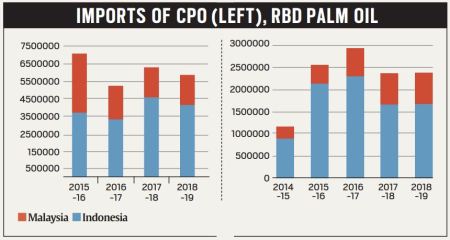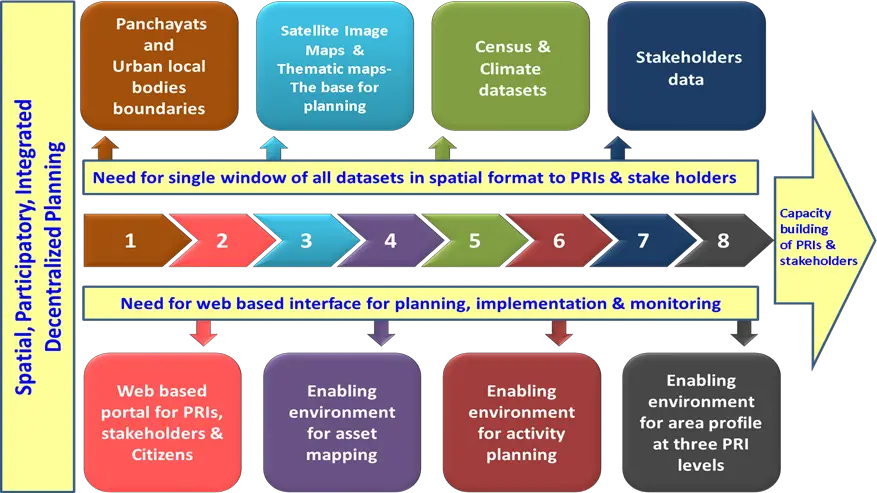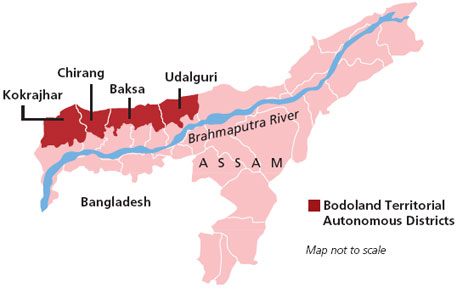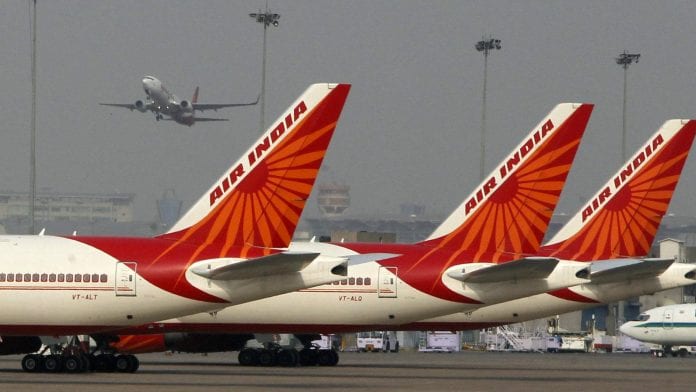Over the past few years, many have questioned the government’s fiscal marksmanship.
What is fiscal marksmanship?
- Fiscal marksmanship essentially refers to the accuracy of the government’s forecast of fiscal parameters such as revenues, expenditures and deficits etc.
- In other words, if the difference between what the government projected as the likely tax revenues in the Budget and the actual figures a year later is large then it reflects poor fiscal marksmanship.
- In the Indian context, this term gained popularity after Raghuram Rajan, then India’s Chief Economic Advisor stressed on fiscal marksmanship in the Economic Survey for the year 2012-13.
- He had defined fiscal marksmanship as “the difference between actual outcomes and budgetary estimates as a proportion of GDP”.
Why does fiscal marksmanship matter?
- The salience of Budget numbers lies in their credibility.
- The central purpose of publicly disclosing the Budget or the annual financial statement in a democracy and seeking approval from the legislature is to make the policymaking and governance transparent and participatory.
- Everyone knows that Budget numbers are forecasts and estimates, and as such, unlikely to tally exactly with the actual numbers a year later.
- But there is an underlying belief among people that when the government states, say, that its revenues will grow by 12% or that its fiscal deficit will remain within the FRBM Act’s mandate as it is based on genuine calculations.
- However, if these fiscal forecasts turn out to be way off the mark repeatedly, it will undermine the credibility of the Budget numbers and indeed the Budget presentation itself.
Why is India’s fiscal marksmanship being questioned?
Typically, the fiscal marksmanship tends to get dented every time the economy faces a bump during the financial year.
- For instance, as a result of the extent of the Global Financial Crisis in 2008, budget forecasts in the ensuing years did take a hit.
- The latest trigger has been the wide discrepancy between what the last couple of budgets — first the interim budget for 2019-20 (presented in February 2019) and then the full budget for 2019-20 (presented in July 2019).
- It expected the nominal GDP growth to be in 2019-20 and what the First Advance Estimates (FAE), released by the Ministry of Statistics and Programme Implementation in January 2020.
- For instance, the July 2019 Budget expected nominal GDP to grow by 12% in 2019-20 but the FAE expect the nominal GDP to grow by just 7.5% (which by the way is a 42-year low).
- Since all budget calculations are based on the nominal GDP, it is expected that this wide variance in nominal GDP will reflect across the board in the coming Budget.
Impact on revenue
- The government’s revenues are unlikely to grow anywhere close to the last Budget’s expectation.
- Indeed, the revenue shortfall is expected to be anywhere between Rs 2 lakh crore to Rs 5 lakh crore.
- As a result, either the fiscal deficit will overshoot from the budgeted number or the expenditure numbers will be much lower than promised.
Why has fiscal marksmanship worsened?
- As mentioned earlier, when an economy’s growth slows down (or picks up) sharply within a year, it is possible that the fiscal forecasts for that year go down (or up) substantially.
- However, such changes do not happen too often.
- In the recent past, however, there is one structural change that appears to be contributing to poor fiscal forecasts by the government.
- This structural change was the government’s decision in January 2017 to advance the presentation of the Union Budget by a whole month.
- Accordingly, the Union Budget for 2017-18 was presented on February 1 instead of the last working day of February (28th or 29th), as was the norm till then.
- It meant that the First Advance Estimates, which used to come by January end (after taking into account the economic activity of the first three quarters of the financial year), had to be brought out by the start of January.
- This, in turn, essentially meant that the estimate of the key nominal GDP data for the current year — on the base of which next year’s nominal GDP and other estimates were to be made — had to be made using the first two quarters of the current fiscal year.
Why didn’t the government course-correct and project slower economic growth in July 2019 when it presented the full Budget for 2019-20?
- It is unclear why this was not done. But could be two or three possible reasons.
- One, the FM may have favoured continuity over the Interim Budget estimates instead of providing a starkly different set of estimates.
- Two, and a related reason, could be that the government did not have enough time to make the adjustment because it may have required redoing the whole Budget afresh.
- Or third, because perhaps the government did not recognise the severity of the economic slowdown that has been underway.










